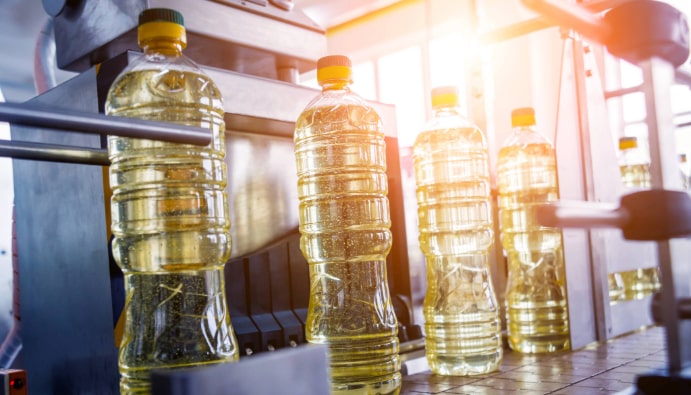
BLOG
KATEGORİDEKİ DİĞER YAZILAR

Food safety is one of the most important issues to protect the health of consumers. 2-MCPD, 3-MCPD and glycoside esters are potentially harmful compounds that can be found in processed foods. The determination of these compounds is of great importance for quality control in the food industry and to protect consumer health. In this article, we will discuss what 2-MCPD, 3-MCPD and glycoside esters are, methods of analysis and safety standards for these compounds.
2-MCPD (2-monochloropropane-1,3-diol) and 3-MCPD (3-monochloropropane-1,2-diol) are chemical compounds that can occur in chlorine-treated foods or oils. These substances can be found especially in refined vegetable oils and processed foods such as margarine. 3-MCPD is classified as a potential carcinogen by the World Health Organization (WHO) and other health organizations.
Glycoside esters are compounds that can be found naturally in oils and fatty foods and can be formed during heat treatment. Hydrolysis of glycoside esters can result in the formation of harmful substances such as 2-MCPD and 3-MCPD. Therefore, the presence and amount of glycoside esters should be carefully monitored in foods.
Various analysis methods are used to determine the presence of these compounds in foods.
Various health organizations around the world have set limit values for levels of 2-MCPD and 3-MCPD in food. The European Food Safety Authority (EFSA) has set daily intakes and safe consumption limits for these substances. The tolerance limit for 3-MCPD is set at 0.8 micrograms per body weight per day. Minimizing the amount of these compounds in foods is a legal and ethical obligation for food manufacturers.
The determination of 2-MCPD, 3-MCPD and glycoside esters is of great importance for food safety. Determination of these compounds by accurate and reliable analysis methods plays a critical role in protecting consumer health and complying with legal regulations. It is important for food manufacturers to keep the levels of these compounds under control in order to provide safe and healthy products.
Contact us for more information.
You can follow us on LinkedIn for up-to-date news and posts about our services.
Follow our Instagram account to stay up to date with our latest blog posts.